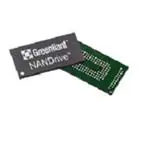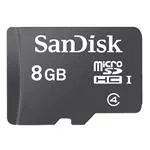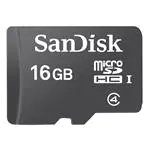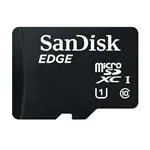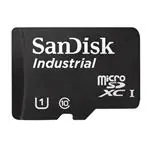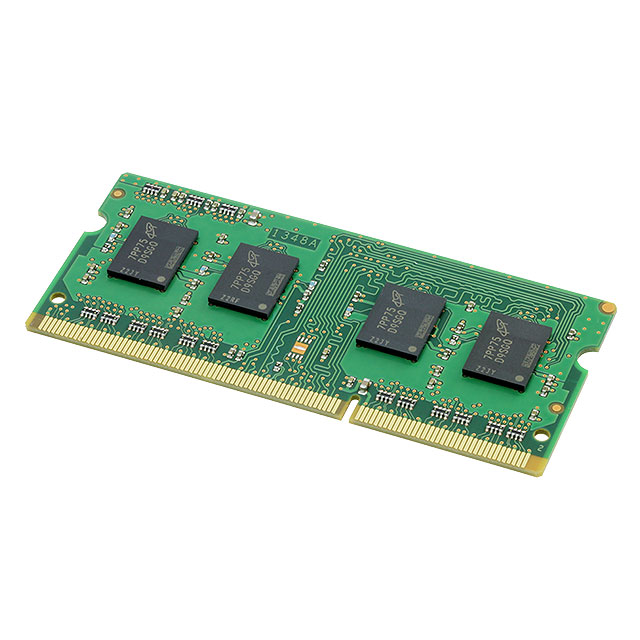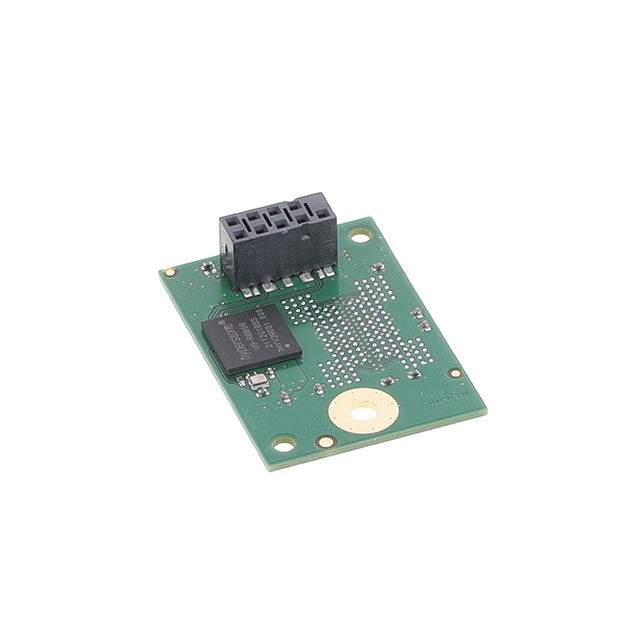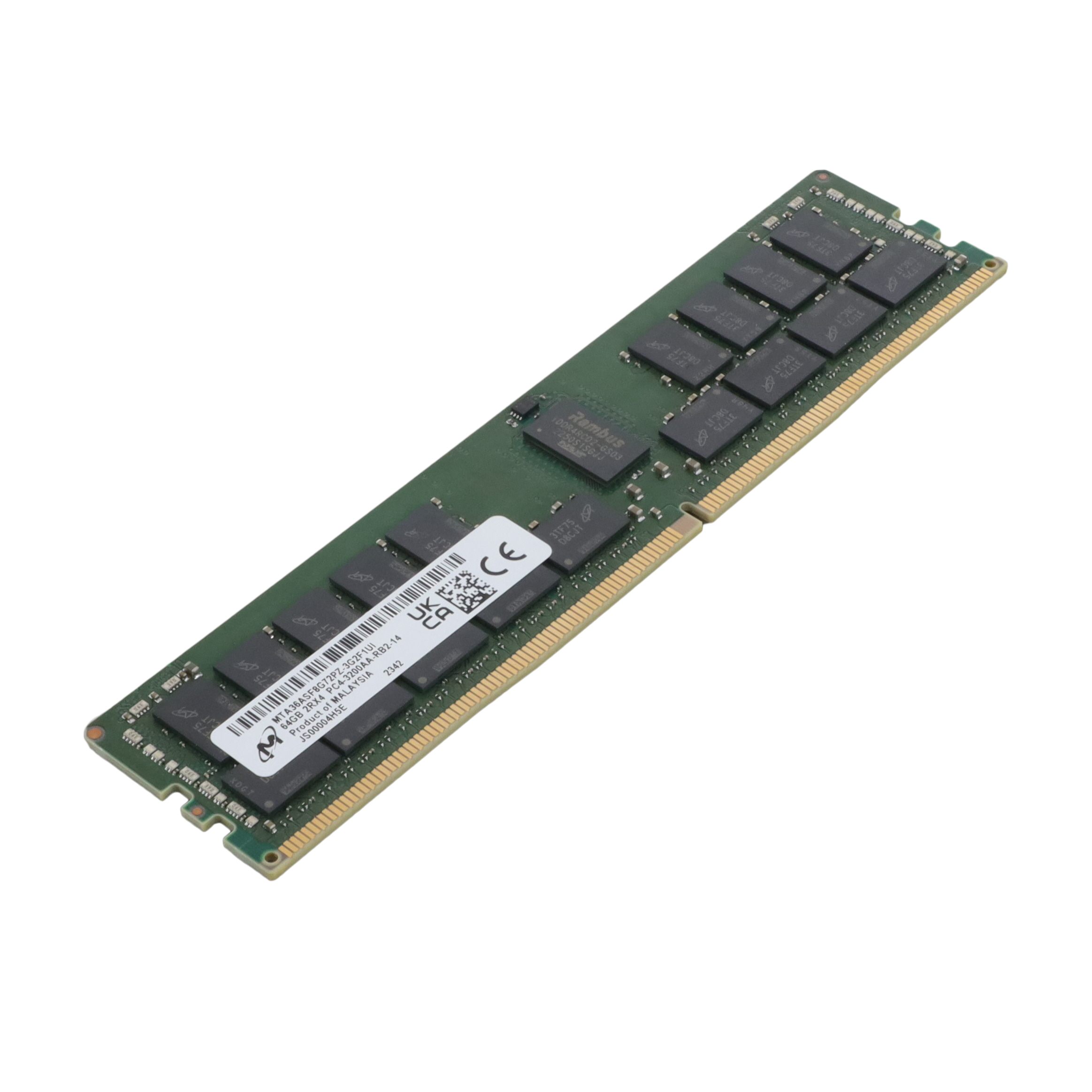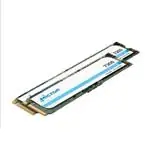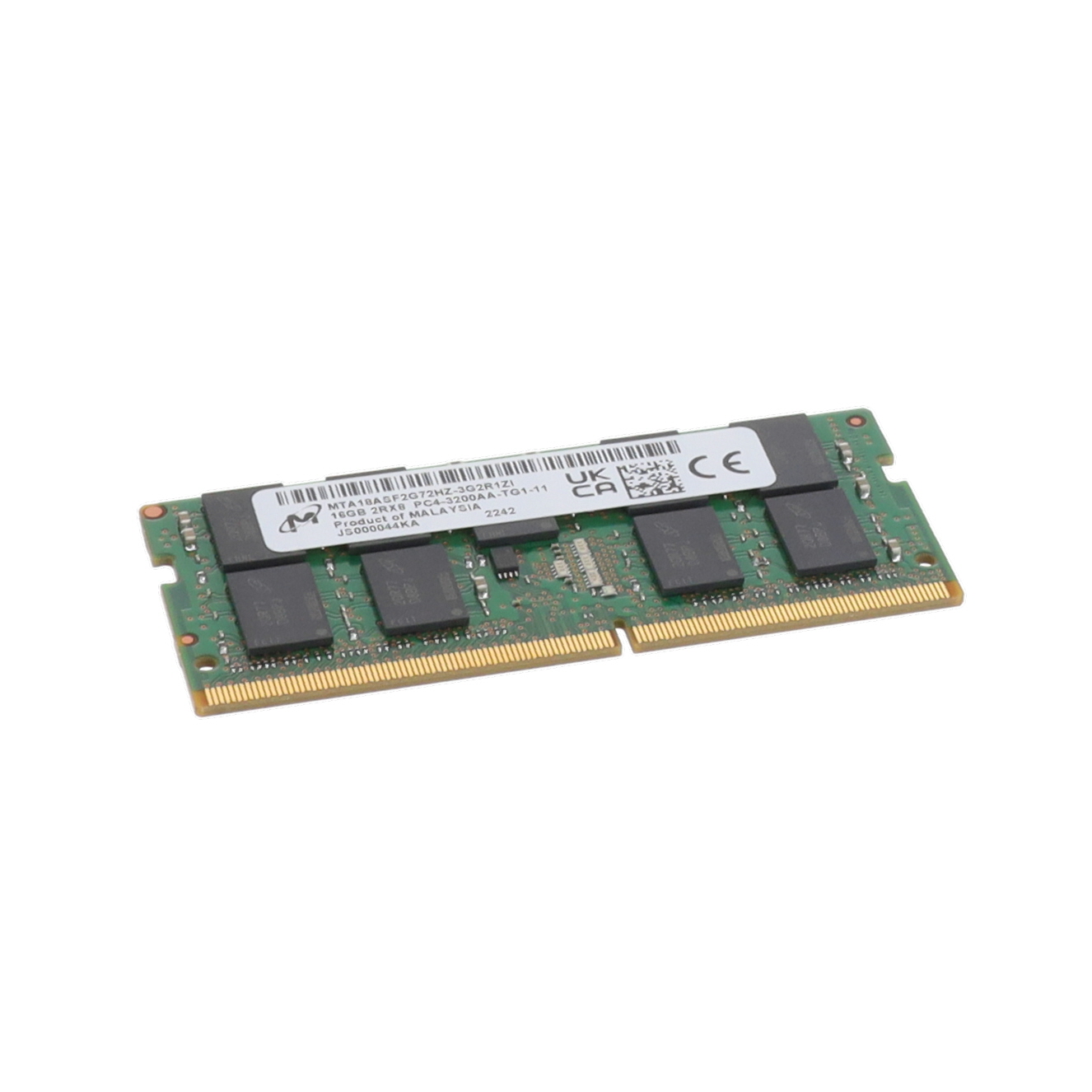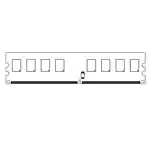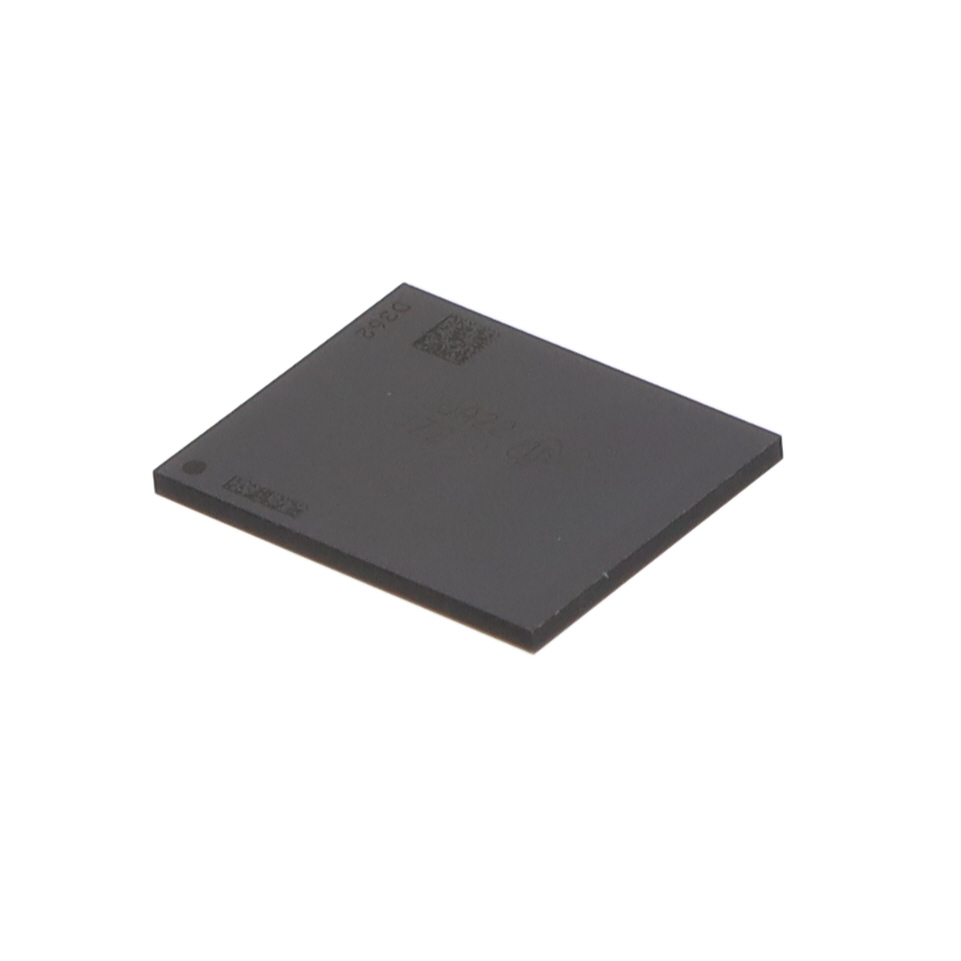MTC40F2046S1RC48BA1 datasheet, price, FICC, MGCC
- Marcas: Tecnología Micron Inc.
- Descargar: -
- Precio: consulta
- En stock: 8619
- Estado de la pieza: Obsoleto
- Tipo de memoria: DDR5 SDRAM
- Tamaño de la memoria: 64GB
- Paquete: 288-RDIMM

Envío GRATUITO para pedidos superiores a HK$250.00

Respuesta rápida, cotización rápida.

Envío rápido, sin preocupaciones posventa.

Canal original, garantía de los productos auténticos.
MTC40F2046S1RC48BA1 Micron 64GB DDR5-4800MHz RDIMM 2Rx4 CL40 Memory
MTC40F2046S1RC48BA1
El MTC40F2046S1RC48BA1 is an FPGA (Field-Programmable Gate Array) designed for high-performance and flexible hardware tasks. With 2046 logic elements, it can handle a wide range of digital circuits, making it perfect for custom hardware designs.
This FPGA supports high-speed performance, ideal for applications like signal processing y communications. It comes in a 48-pin package, which is great for space-limited projects. It operates at standard voltages of 3.3V or 5V, common for many FPGA devices.
One standout feature is its in-system reconfiguration, which lets you modify the hardware logic during operation without swapping components. This makes it perfect for sistemas integrados, control systems, and other applications requiring custom digital processing. It also has a wide temperature range, so it can work in demanding industrial environments.
MTC40F2046S1RC48BA1 Equivalent Microcontroller
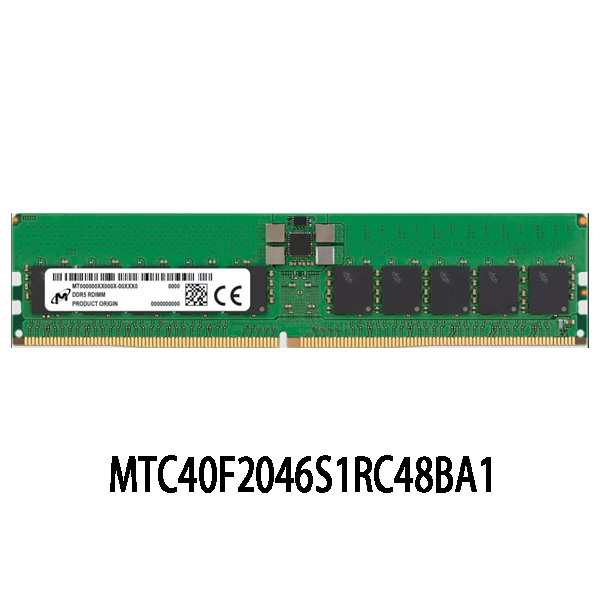


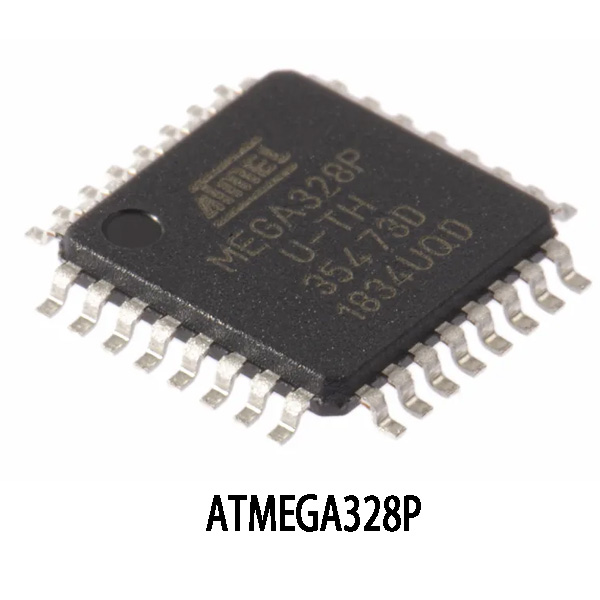
| Parámetro | MTC40F2046S1RC48BA1 | ATMEGA328P | STM32F103C8T6 | PIC18F46K22 |
|---|---|---|---|---|
| Paquete | 48-Pin Package | 32-Pin Package | 48-Pin Package | 40-Pin Package |
| Core Type | FPGA (Field Programmable Gate Array) | AVR (8-bit) | ARM Cortex-M3 | PIC (8-bit) |
| Max Clock Speed | 200 MHz (approx.) | 20 MHz | 72 MHz | 64 MHz |
| Flash Memory | N / A | 32 KB | 64 KB | 64 KB |
| RAM Size | N / A | 2 KB | 20 KB | 3.9 KB |
| I/O Pins | 48 | 23 | 37 | 39 |
| Voltaje de operación | 3.3V or 5V | 1.8V to 5.5V | 2.0V to 3.6V | 2.0V to 5.5V |
| Rango de temperatura | -40°C a +85°C | -40°C a +85°C | -40°C a +85°C | -40°C to 125°C |
| Key Feature | Flexible programmable logic for custom applications | Low-power with wide community support | High-performance with low power and extensive peripherals | Enhanced peripherals with wide voltage range |
If you’re choosing between the ATMEGA328P, STM32F103C8T6, y PIC18F46K22, here’s a quick breakdown:
-
ATMEGA328P is great for simple tasks like signal control and communication, especially when power consumption needs to be low.
-
STM32F103C8T6 gives you more processing power with its ARM Cortex-M3 core and extra memory (64 KB flash, 20 KB RAM), making it perfect for applications that need a bit more muscle.
-
PIC18F46K22 offers a wide voltage range and a 64 MHz clock speed, making it ideal for more demanding control tasks. It also comes with useful peripherals like ADC and timers.
If your application requires more flexibility, like custom logic design, an FPGA like the MTC40F2046S1RC48BA1 would be a better choice since microcontrollers can’t offer that same level of reconfigurability.
MTC40F2046S1RC48BA1 Development Board Circuit

El DRAM module in the image is typically used for memory expansion in computing systems, like adding more memory to your setup. The memory chips on the module are likely DDR (Double Data Rate), known for high-speed performance.
This module connects to your system—usually a microcontroller, CPU, or FPGA—through a memory bus. The pins on the bottom of the module allow it to interface with the motherboard or expansion board, enabling data transfer.
Now, if you were to use the MTC40F2046S1RC48BA1 FPGA with this DRAM module, the FPGA could manage custom memory operations like memory mapping, read/write control, and data processing. It could even create custom memory controllers to handle the memory more efficiently in high-speed applications.
MTC40F2046S1RC48BA1 UART SPI I2C Wiring
El MTC40F2046S1RC48BA1 FPGA doesn’t come with built-in support for communication protocols like UART, SPI, or I2C, but you can set it up with VHDL o Verilog code to handle these protocols.
For UART, connect the TX pin of the FPGA to the RX pin of your device and vice versa. You’ll need to implement a transmitter and receiver in code to manage the baud rate and communication bits.
For SPI, connect MOSI, MISO, SCK, y CS pins between the FPGA and your SPI device. You can create an SPI controller in VHDL/Verilog to manage data transfer and clock generation.
For I2C, connect SCL y Adventista del Séptimo Día pins, using pull-up resistors (typically 4.7kΩ) for proper communication. Implement an I2C controller to handle data transfer and clock signals.
Make sure your power and clock signals match between the FPGA and the communication devices to avoid any issues.
MTC40F2046S1RC48BA1 PIC Microcontroller Project
If you’re using the MTC40F2046S1RC48BA1 FPGA with a PIC microcontroller, here’s how they can work together:
El FPGA handles high-speed tasks like signal processing, while the FOTO manages lower-level functions like control and communication. You can connect the FPGA y FOTO using SPI o I2C for fast data transfer. The FPGA processes the data from sensors, and the FOTO can send it to peripherals like displays or memory.
Make sure the power supply matches the voltage needs of both components. The FOTO usually operates at lower speeds than the FPGA, so set the communication protocol for the best transfer rate. Also, you’ll need to program the FPGA using VHDL o Verilog.
This setup lets the FPGA do the heavy lifting while the FOTO takes care of the easier tasks, providing an efficient solution for embedded systems.




